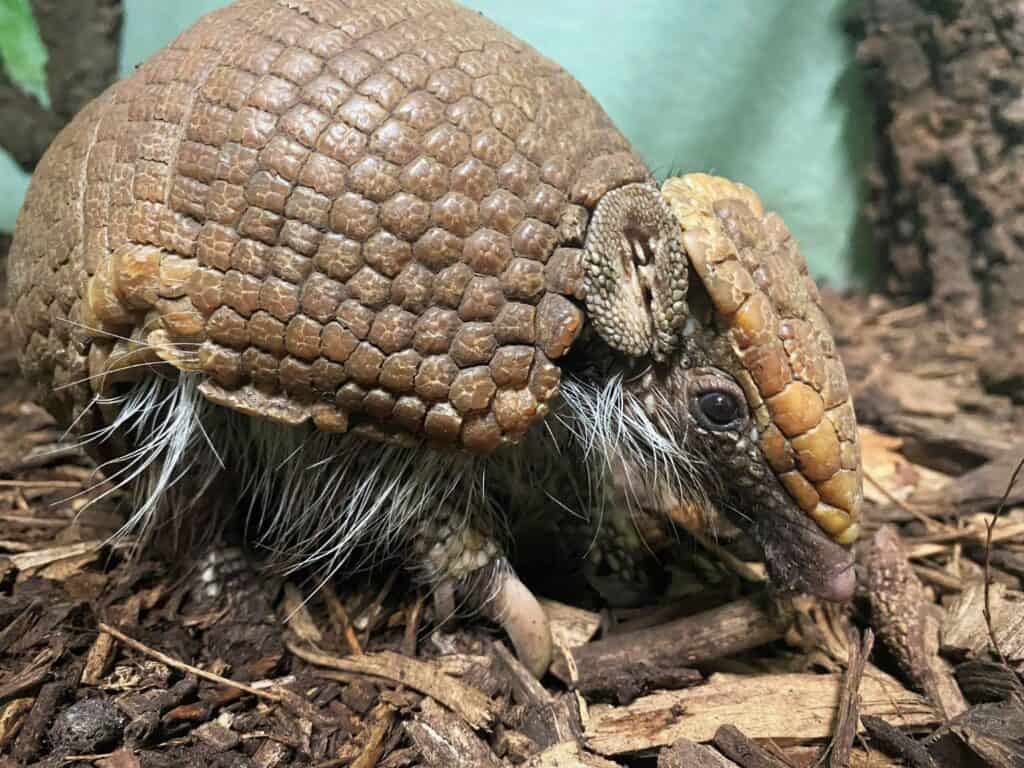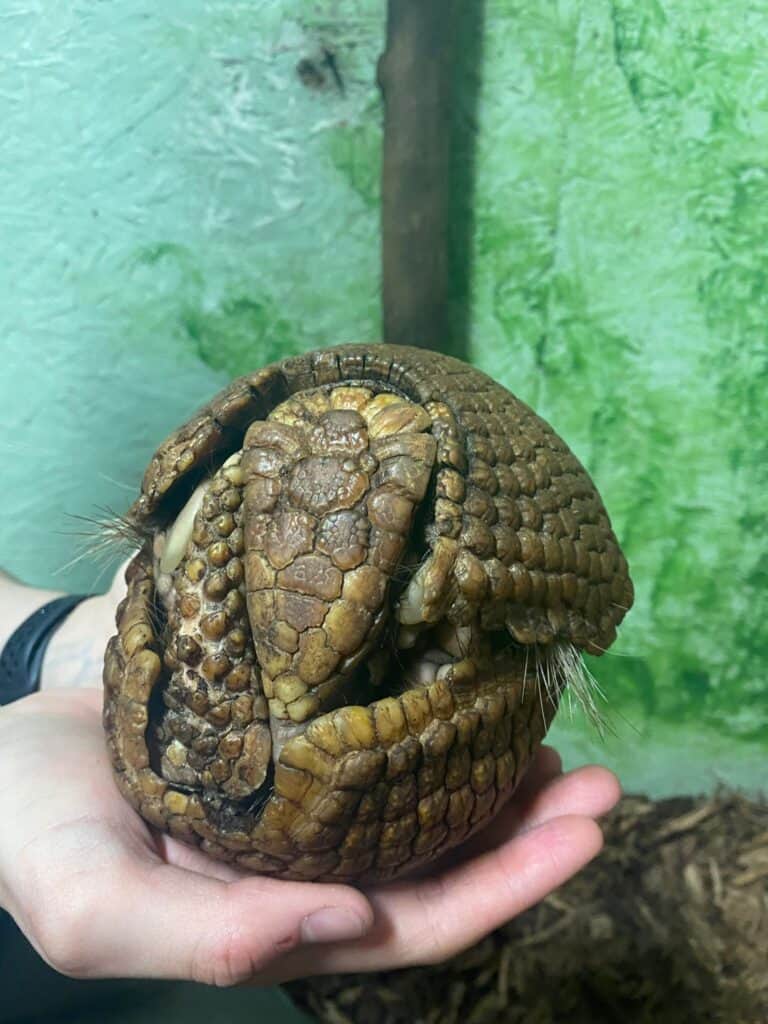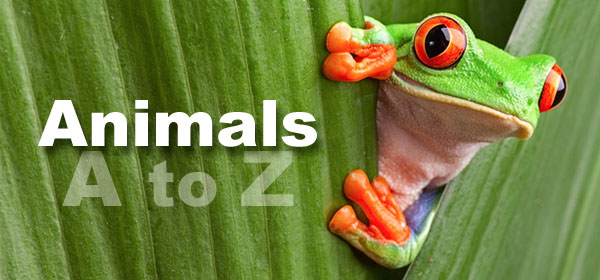Some of you may know of our Southern three-banded armadillo, who lives in one of the bushbaby enclosures inside the Nocturnal House. But most visitors don’t even realise he’s there, Jose tends to snuffle under the radar. This blog is dedicated to celebrating Jose, who turned 11 years old on Wednesday. So here’s to our tiny, tank-like troublemaker: the digger of boots, the snuffler of hands, and the unexpected star of the Nocturnal House.

At just 23 cm long and weighing 1.46 kg, Jose might be small, but he’s packed with personality. Depending on which keeper you ask, you’ll get very different stories, some of us absolutely adore him, while others have experienced Jose’s naughtier side.
Usually, when I’m cleaning, he’s patiently waiting by the door, curious to see which keeper walks in. Depending on who it is, he decides whether he’ll be naughty or nice. If you’re one of his favourites, he might let you give him a little tummy tickle as he snuffles around, resting his two front feet gently on your hands to inspect what you’re carrying.
Those front feet aren’t just for cute moments, they’re an essential part of Jose’s anatomy. He uses his powerful curved claws to dig into termite mounds in the wild to get the termites out and to also make a depression in the ground where he can cover himself with leaves and straw, camouflaging from predators.
And if you’re unlucky (or lucky, depending on how you see it), he’ll launch himself onto your boot during cleaning time and start burrowing into it. He is relentless, he will not stop for the entire clean. It’s like trying to mop a floor with a tiny, armoured excavator attached to your foot!
Although he looks like a walking coconut, his body has incredible adaptions to help him survive in the wild. Jose’s armour is made from tough bony plates covered in keratin (same protein which is found in human nails and hair). Jose, being a three-banded armadillo, is a special kind of armadillo, as he is one of two species that can completely roll themselves into a ball as protection from predators.

Jose’s natural habitat is in South America, across eastern Bolivia, southwestern Brazil, the Gran Chaco of Paraguay, as well as in northern and central Argentina.
There are two species of three-banded armadillo:
- The Southern three-banded armadillo (Tolypeutes matacus) is listed as Near Threatened.
- The Brazilian three-banded armadillo (Tolypeutes tricinctus) is classified as Vulnerable and is one of the rarest armadillos in the world.
The Brazilian species even became a conservation mascot during the 2014 FIFA World Cup, bringing global attention to the urgent need to protect its disappearing habitat.
Sadly, these little armoured bulldozers are under threat from habitat loss and from the illegal pet trade. As forests disappear, so do the insects and cover they rely on. Although they seem cute and fun, they do not make good pets and are usually housed in unsuitable conditions.
Three-banded armadillos are usually solitary animals who come together during mating season generally in the warmer, wetter months. Females will have one pup at a time. Newborns are miniature versions of their parents, with fully formed claws and soft leathery armour which will harden a few days after birth.
When you’re next in the Nocturnal House, keep an eye out for a keeper being chased by the Jose the Boot Bandit.
By Jess B, Deputy Head of Primates


